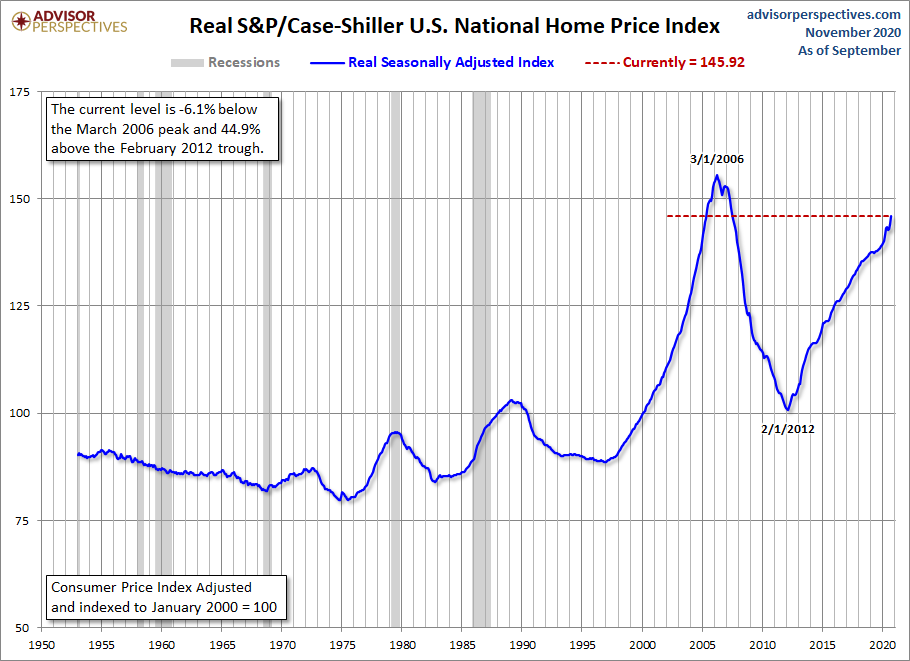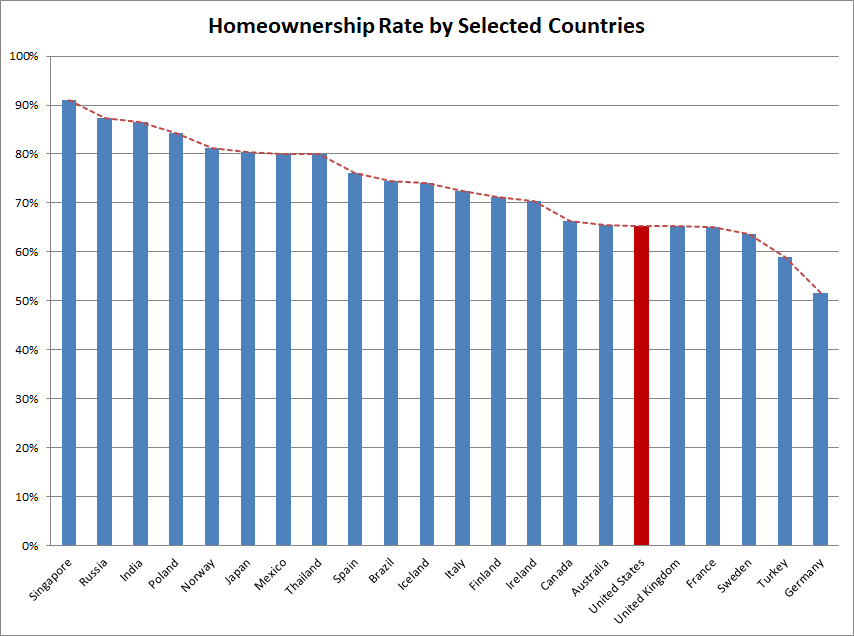Home Ownership Rate: 67.2% In Q3
The Census Bureau has now released its latest quarterly report with data through Q3. The seasonally adjusted rate for Q3 is 67.2 percent, up from Q2 2020. The nonseasonally adjusted Q3 number is 67.4 percent, down from the Q2 2020 67.9 percent figure. Over the last decade, the general trend has been consistent: The rate of homeownership continued to struggle. The recent recession as a result of the COVID-19 global pandemic has caused a massive, but brief, jump in homeownership due to grossly reduced spending.
Here's an excerpt from the press release:
Announcement: Due to the coronavirus pandemic (COVID-19), data collection operations for the CPS/HVS were affected during the third quarter of 2020, as in-person interviews were only allowed for portions of the sample
in July (41 percent), August (53 percent), and September (100 percent). The remaining interviews were conducted over the telephone. If the Field Representative was unable to get contact information on the sample unit, the unit was made a Type A noninterview (no one home, refusal, etc). We are unable to determine the extent to which this data collection change affected our estimates. See the FAQ for more information.National vacancy rates in the third quarter 2020 were 6.4 percent for rental housing and 0.9 percent for homeowner housing. The rental vacancy rate of 6.4 percent was 0.4 percentage points lower than the rate in the third quarter 2019 (6.8 percent) and 0.7 percentage points higher than the rate in the second quarter 2020 (5.7 percent). The homeowner vacancy rate of 0.9 percent was 0.5 percentage points lower than the rate in the third quarter 2019 (1.4 percent) and virtually unchanged from the rate in the second quarter 2020 (0.9 percent).
The homeownership rate of 67.4 percent was 2.6 percentage points higher than the rate in the third quarter 2019 (64.8 percent) and not statistically different from the rate in the second quarter 2020 (67.9 percent).
The Census Bureau has been tracking the nonseasonally adjusted data since 1965. Their seasonally adjusted version only goes back to 1980. Here is a snapshot of the nonseasonally adjusted series with a 4-quarter moving average to highlight the trend.

The consensus view is that trend away from homeownership is a result of rising residential real estate prices in general and limited supply of entry-level priced homes that would attract first-time buyers.
Here is the YoY version of the chart going back to 1965.

For an interesting comparison to prices, here is an inflation-adjusted look at the S&P Case-Shiller Home Price Index.

Homeownership Rates in Other Countries
The snapshot below gives us a crude comparison of the US homeownership rate compared to some select other countries. Our data source is a subset of the nearly four dozen countries in this Wikipedia entry on homeownership. We included the outliers at the top and bottom, Singapore at 91% (2018) and Switzerland at 43.4% (2015).

The underlying factors in the chart above are quite complex: Residential real estate affordability, financing options, household income distributions, demographics and cultural values, to mention some of the more obvious.
Disclosure: None.



